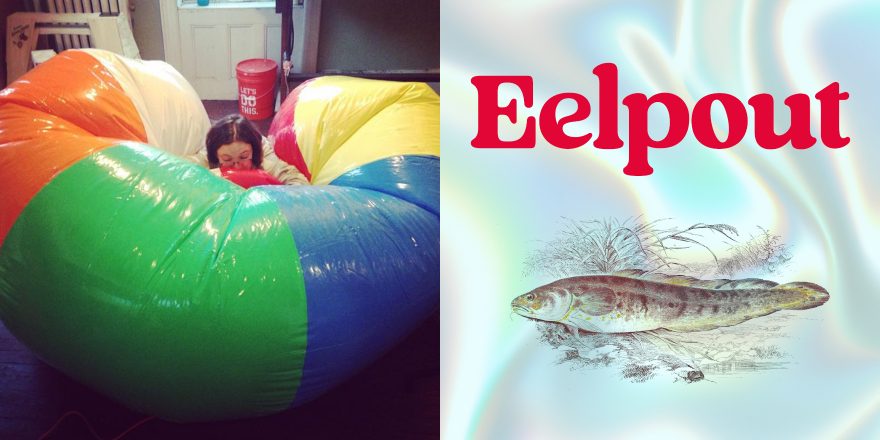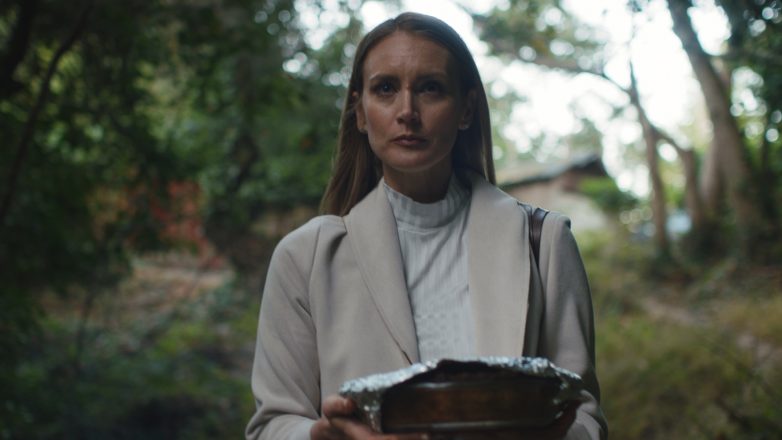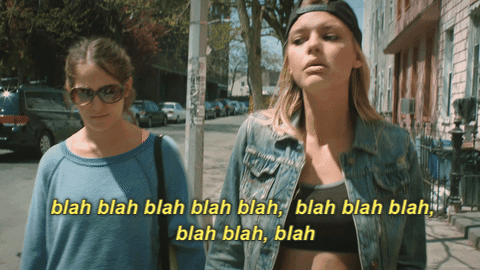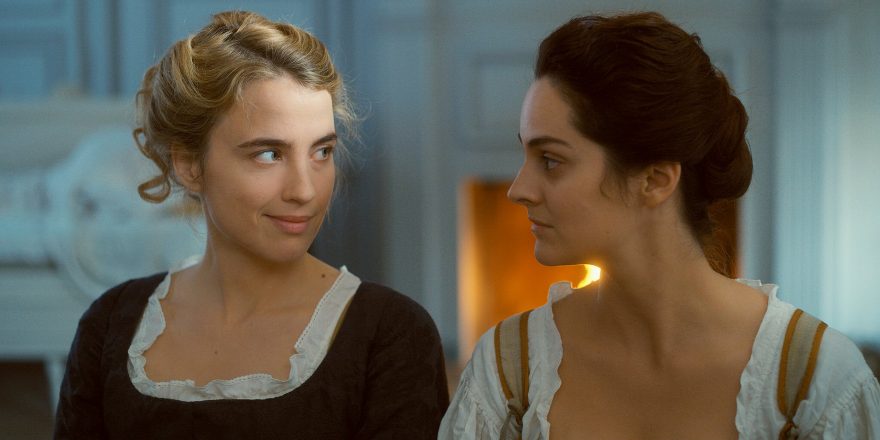I had just finished principal photography on my directorial feature debut, The French Italian, when I called my friend Paul to discuss a fish. A magical fish that talks and dances, a huge slimy eelpout, commonly found in the lakes of Minnesota. A fish that is the title of the play he wrote, Eelpout.
Paul had let me read his script and I was instantly obsessed. Eelpout is a queer farce, a light comedy about three dudes at an ice fishing bachelor party in Northern Minnesota. Two of them are secretly in love with each other and one falls in love with a fish, aka the Eelpout. It’s everything I like in a piece of art. It’s fast paced and funny, it’s surreal (there’s a talking fish), but the emotional logic driving the characters is grounded. It’s about love and loneliness and friendship and vulnerability. It has a flippin’ dream ballet! And it’s chock full of puns, surprise strippers and drinking games.
I was simply floored by the writing. Paul and I had gone to film school together, where we collaborated on a bunch of student films. It’s easy to see now what a formative period that was for both of us, and that even though we hadn’t worked together since then, we had both spent the intervening years developing as artists in parallel. We had a shared sensibility of silliness, and we wanted to make art about queerness and joy and longing and specialness. And here Paul had managed to wrangle all of that into a beautifully crafted comedy.
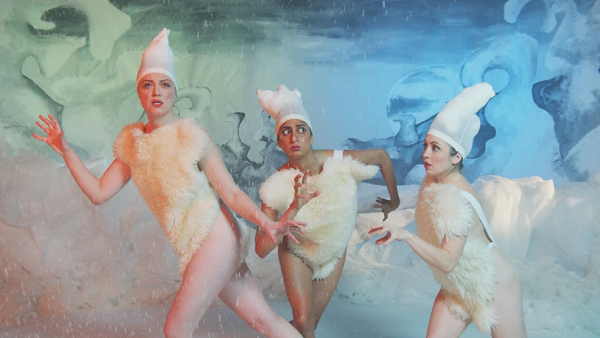
After reading Eelpout, I desperately wanted to see it performed, and so I did what my gut told me to do and begged Paul to let me direct the play. I am not a theatre director, and I honestly don’t see a lot of plays. I am not up to date on what’s happening in the scene, or have that many opinions or theories on what makes a play good or bad. I don’t know anyone, or anything relevant to New York downtown theater. So I was very surprised when Paul said yes.*
And this is where it starts to get silly for me. Because I had just spent the last two years working on my feature film, The French Italian, which is basically about this exact situation I now found myself in in real life. The film is about two aggrieved New Yorkers (Cat Cohen and Aristotle Athari) who decide to put on a play in order to get revenge on a noisy neighbor (Chloe Cherry), who is an actress. Comedy ensues.
I won’t spoil the ending, but their little prank quickly spirals into them producing and directing a full theatre production with some prodding from their more experienced friend Wendy (the truly brilliant Ruby McCollister). The characters become enthralled with the idea of themselves as artists, and their complete overconfidence and unpreparedness sends them on a wild ride.
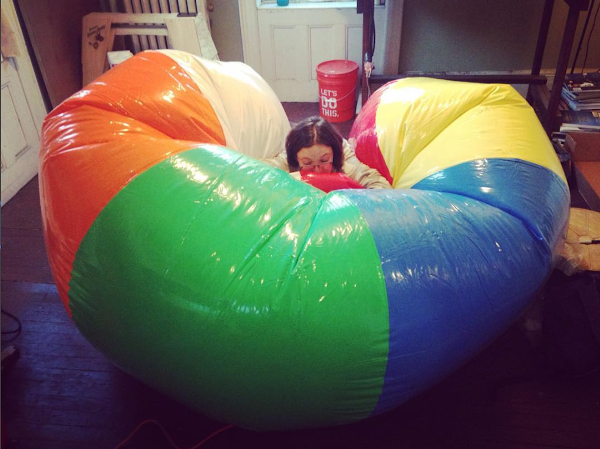
And yet, when I read Eelpout, I was simply compelled to direct it. I scrounged all of my best favors, including begging Eleanore Pienta, the actress/dancer/filmmaker/genius who you might know as one of the Snowy Bing Bongs, to create the choreography. And I asked the literal only person I know involved in New York City theatre, Sarah Todes, to be the producer, which thankfully she is superb at. And so Eelpout was off the ground. A cast of five actors, three performances scheduled as part of the Fresh Fruit Festival at the Wild Project. I dove right in, like a maniac.
Having never directed a play before, I went into it with some ideas that I see now were amusingly misguided. Firstly, I thought a play was like doing a movie with only wide shots. Since the audience could see the stage the whole time, surely I should try to create a constant tableau, like I would in camera. This was totally intimidating, and instantly paralyzing. During the first blocking rehearsal, I had all the characters stay seated for the 90-minute duration of the show, to avoid it completely.
Second, I assumed that since the actors must necessarily project their voices loudly in the theater to be heard in the space, the performances had to be churning between a 7 and 10 on the intensity scale at all times. I thought there was no opportunity for intimate moments, or quiet, or space, as those would obviously seem to the audience like errors. Luckily, the actors did not take my notes on this point to heart, and instead developed the show to be nuanced, tender and heartbreaking.
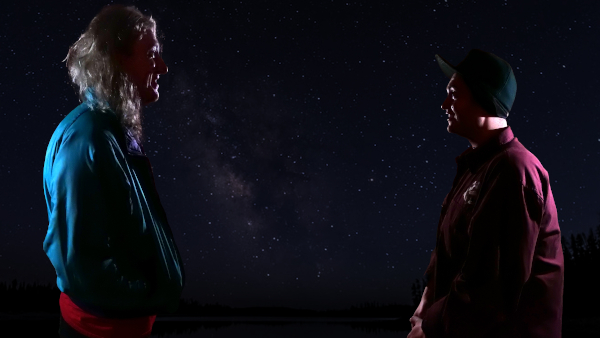
The third thing was not so much a misunderstanding as me foolishly missing the most obvious difference between a play and a movie. This one didn’t actually even occur to me until last week, despite the fact that I worked on this show for months. That difference is that live theater is truly ephemeral. Sure, I have zealously and contentedly occupied multiple years of my life working on The French Italian, but when I do finally finish the project (soon! I promised my producers!), I will have a beautiful little movie that I can show people over and over again, for ever and ever. When I started work on Eelpout, I went in with the same kind of commitment and enthusiasm, valuing my time very little in comparison to the needs of the production. I went hard, the way I love to do. And it was only after several weeks and endless hours of rehearsal, meetings, prop crafting, sewing costumes, outreach, etc., that it actually dawned on me that this play is only happening exactly three times! Only three shows, for three audiences. Ever. Of all time. And then it will disappear forever.
This seems obvious in retrospect, but when I finally thought about it, it kind of blew a little hole in my mind. What is the purpose of creating live theater? Why work to make something beautiful and perfect if it’s going to vanish right after? Why is making art so hard and gains so little? Why did I do this at all?
Which leads me to ask, who am I, in real life, trying to get revenge on???
*To ask Paul W Kruse why he agreed to let me do this, please contact him at paulwkruse.com


